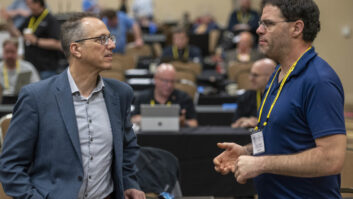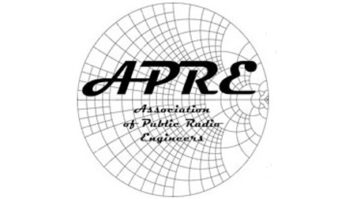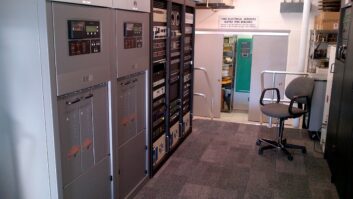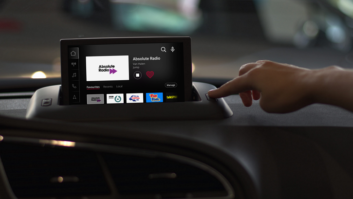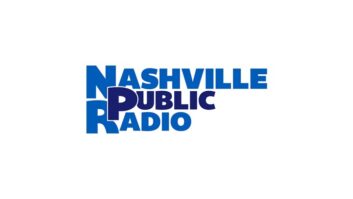Having kicked off in March 2024 for Women’s History Month, Radio World’s “Women in Engineering” spotlight, written by Assistant Editor Elle Kehres, features women in broadcast engineering roles and other technical positions, highlighting their work and growing careers in a male-dominated field. This is an ongoing feature, as women’s industry contributions extend far beyond the month of March.
Shayna Sengstock, 24, an up-and-coming broadcast engineer for New York Public Radio, inadvertently stumbled upon her career. With degrees in journalism and writing studies from Hofstra University in Hempstead, N.Y., she found her passion for radio engineering by joining Hoftra’s college radio station WRHU(FM), albeit not for want of any technical positions.
Sengstock said she started at WRHU because she wanted to write scripts for its news show “Newsline.” So, once she joined the station, Sengstock became the student morning show director her sophomore and junior years. However, she would later become the student technical director while finishing up her studies junior and senior years.
“I actually wasn’t really thinking of running for the student technical director position and I wanted to be the next student talk programming director; however, one of the things I found myself constantly doing was following [WRHU] Chief Engineer Andy Gladding and previous Student Technical Director Jonathan Sanelli around the station.”
What started as a fascination to understand Gladding’s and Sanelli’s work blossomed into a desire to pursue engineering full-time.
“Once I grew a love for engineering, I decided it was only appropriate to run for student technical director,” said Sengstock. “Thankfully, I won the position and I have never looked back. Andy later helped me get my job at New York Public Radio.” Sengstock was one month from graduation when she began her work at New York Public Radio’s WNYC in November of 2022.
Aaron Cohen, director of programming operations at New York Public Radio, said Sengstock has been a great addition to the team.
“We’ve been thrilled to have Shayna at New York Public Radio,” said Cohen, “and she joins an exceptional team of women engineers at our company, including Senior Broadcast Engineers Irene Trudel, Liora Noam-Kravitz, Juliana Fonda and Jennifer Munson.”
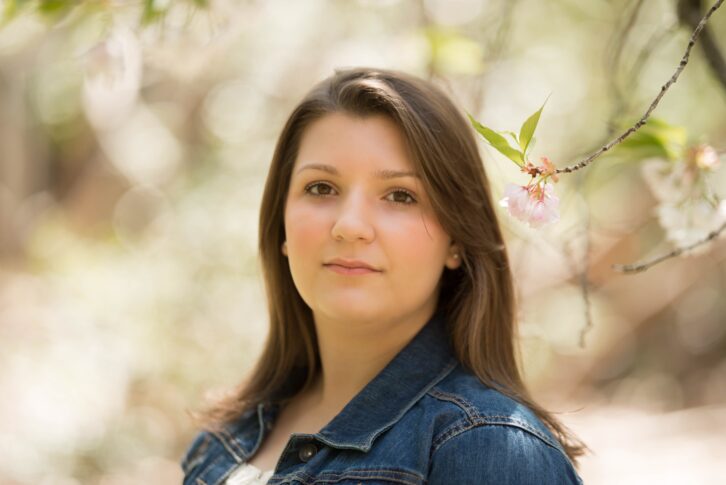
In preparing for her work post-grad, Sengstock said the most valuable skills she learned at WRHU were how to calmly handle stressful situations and how to troubleshoot problems properly — the bread and butter of any engineer.
“Honestly, the biggest part of any broadcast engineer’s job is making sure the operations of the radio station are going smoothly.”
“When I was the student technical director, I would get calls at a bunch of random times from 5 a.m. to 11 p.m., so I had to figure out how to walk people through their problems in a coherent way so that the broadcast could continue.”
Sengstock said her proudest accomplishment during her time at WRHU was getting the station’s technical department off the ground. While “Student Technical Director” had always been a title, there was no physical tech department at WRHU until Sengstock became the student director in 2021.
“It first started off small with me just teaching basic board operating and routing to the students and seeing who would be interested in learning more,” she said. “Then, after a while, I started to want to learn more intense technical work from Andy Gladding. Once I felt like I had more skills under my belt, I started asking other students if they wanted to join me by going to Andy and learning things from him as well.”
View this post on Instagram
Soon enough, Sengstock said there were enough students who showed a passion for tech to not only launch the official WRHU Technical Department, but to create what would soon be known as “Tech Thursdays.”
“After a while, Andy and I also came up with the idea of having outside broadcast engineers come to Hofstra and give lectures to the students about broadcast engineering and what it entails,” said Sengstock. “With the large interest for tech at WRHU, the lectures from different professionals out in the field became a regular thing and it still goes on to this day.”
Speaking to Sengstock’s accomplishments, Gladding said “during her tenure at WRHU, Shayna single-handedly generated interest in broadcast engineering for my student technical cohort, increasing our weekly ‘Tech Thursday’ attendance from three to about 20 students per semester who want to learn about radio and TV engineering.”
“Her passion for mentorship and fellowship is unparalleled and she has been committed to creating and developing opportunities for college students in broadcast tech, especially women looking to thrive in STEM,” said Gladding.
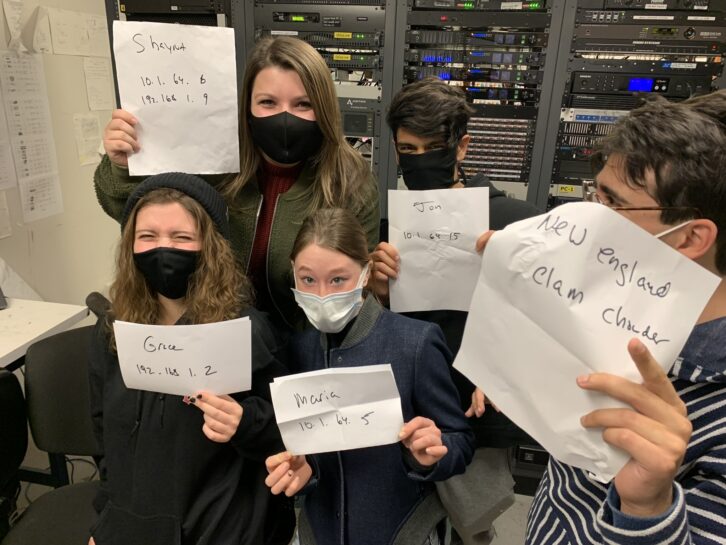
Mentorship has been a big part of Sengstock’s professional career, both in giving and receiving.
“I find it extremely greedy when people do not look past themselves to help the future generations,” she said. “When I was at WRHU, I was a part of their mentorship program and taught many students about diverse aspects of radio. The only way that the majority of people are going to access great skills in their craft is by being shown how to do it from those who are more knowledgeable. If I didn’t have Andy showing me how to be a broadcast engineer, I would not be where I am today.”
When it comes to women looking to join and/or advance in technical careers, Sengstock said mentorship opportunities are especially important.
“It was only until the late 1960s through the early 1980s that women were even getting some opportunities to attend some Ivy League schools. Us as women should want to learn all that we can and realize we are very fortunate to be living in a time where we have more equality than our previous ancestors,” said Sengstock.
“I do realize that a lot of broadcast engineers tend to be older men, but right now it is our time as women to take over and add diversity to the ever-changing tech field.”
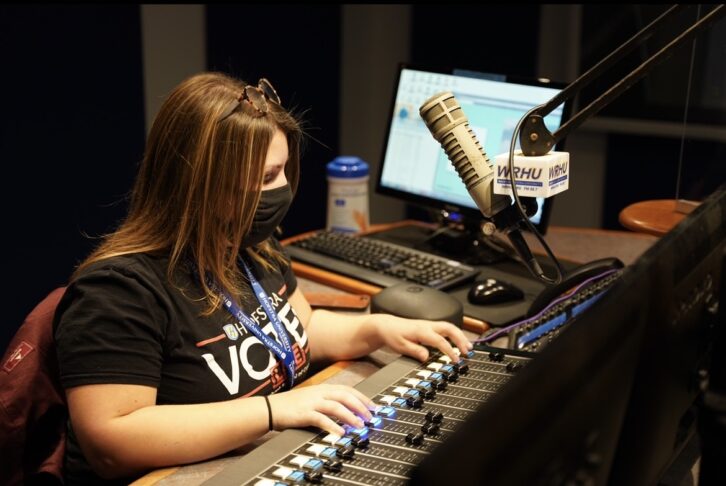
It’s not just the technical side of radio that sees inequities in the ratio of men and women in the industry. According to research conducted by RTDNA and the Newhouse School at Syracuse University, men continue to dominate all radio roles, making up 60.5% of the total workforce as compared to 39.5% for women.
While finding an “entry point” in the broadcast engineering field may seem daunting, especially for women, Sengstock said it’s important to not discredit yourself and to ask as many questions as you can.
“You’d be surprised how many people would be willing to teach you how to do something if you just ask.”
“As well, Google is a beautiful thing, so if you are wondering how something works, Google it. And lastly, ask yourself questions. Everything functions a certain way for a reason, so remain curious.”
Finally, for the curious engineers reading this, here’s what Sengstock is currently working on at New York Public Radio: “Right now we are working on switching our radio automation system to Zetta. I find it very exciting because I learned how to ‘radio’ off of Zetta, so I am already very familiar with the way the software operates. We are in the final steps right now of setting it up, just working out the finishing little bugs the system may have.”
Want to nominate someone for the next Women in Engineering spotlight? Email Elle at [email protected].


